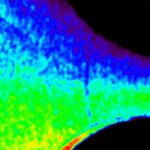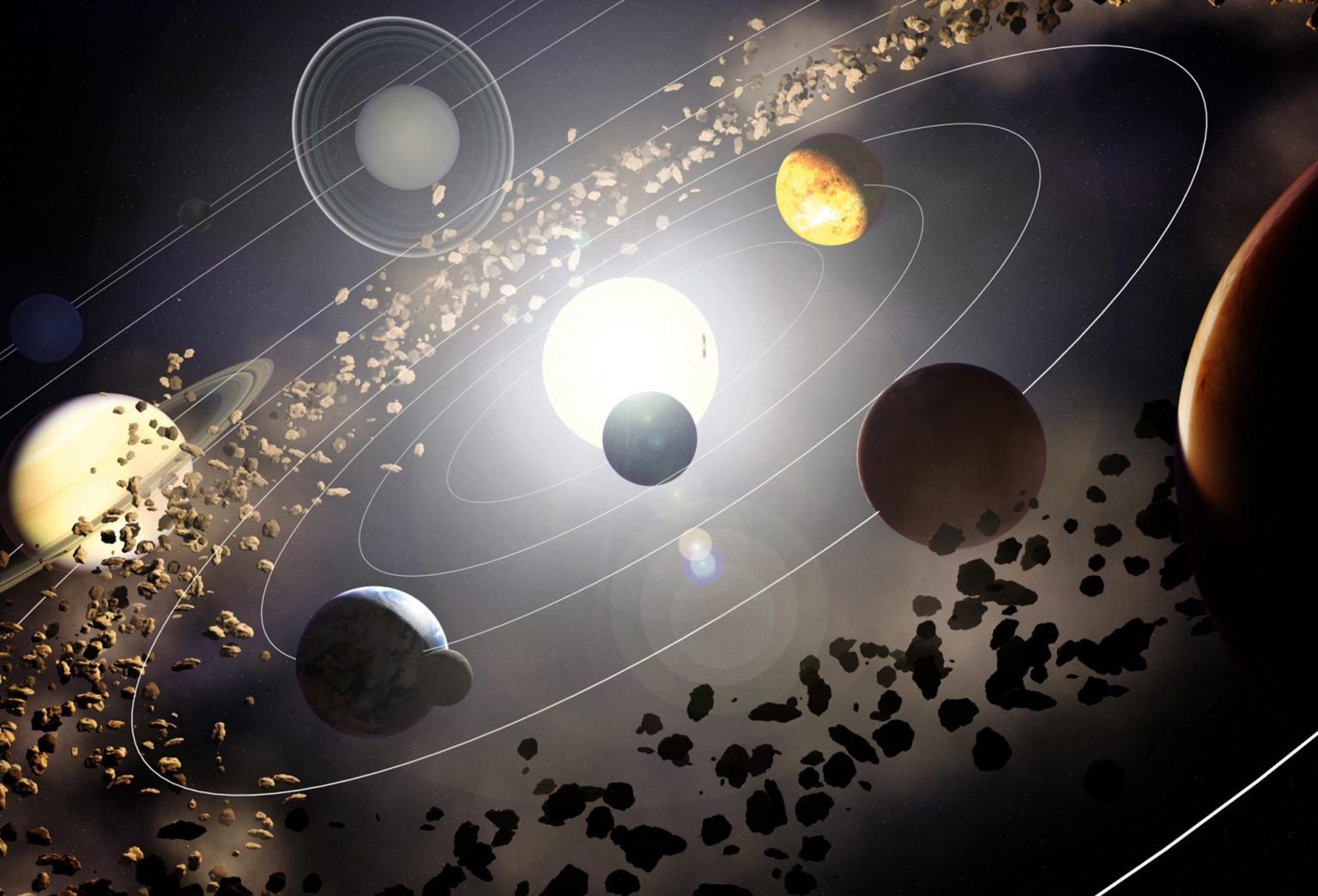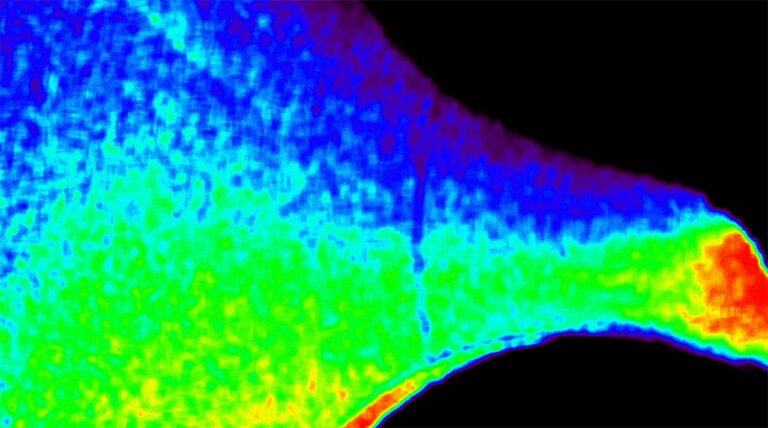Introduction
In a discovery that could transform our understanding of the cosmos, astrophysicists now believe that millions of interstellar objects might be silently lurking within our own solar system. These objects—originating from distant star systems—may have been captured by the Sun’s gravity over billions of years, remaining undetected until now. This groundbreaking hypothesis opens new frontiers in astronomy, planetary science, and the search for extraterrestrial materials.
What are interstellar objects?
Interstellar objects are celestial bodies—like asteroids or comets—that come from outside our solar system. Unlike typical space rocks formed within our planetary neighborhood, these mysterious travelers were born around other stars and flung into interstellar space, possibly due to gravitational interactions or stellar explosions.
From ‘Oumuamua to Millions?
The concept of interstellar visitors gained global attention in 2017, when scientists detected ‘Oumuamua, the first confirmed interstellar object, passing through our solar system. Then in 2019, another visitor—2I/Borisov—was spotted, this time behaving like a traditional comet.
These detections sparked a crucial question: What if these weren’t rare events, but glimpses into a hidden population?
Now, new models and simulations suggest just that—our solar system may be teeming with such objects, most of them quietly orbiting the Sun.
How Are These Objects Hiding?
Many of these interstellar objects could be camouflaged among asteroids and comets, making them hard to distinguish using current technology. They’re believed to be located in the outer solar system, including the Oort Cloud and Kuiper Belt, where detection is more difficult due to low light and vast distances.
Reasons Why They’re Undetected:
They don’t emit light or heat and are extremely faint.
Many follow unusual or wide orbits that don’t intersect with inner planetary paths.
Our telescopes and surveys are optimized for nearer or faster-moving objects.
Simulation Models Suggest Massive Numbers
Using advanced computer models and gravitational simulations, astrophysicists estimate that millions to potentially billions of interstellar objects might now reside in the solar system.
According to studies from institutions like Harvard and the University of California, gravitational interactions with giant planets like Jupiter and Saturn could have slowed and captured many of these travelers over cosmic timescales.
What Could This Mean?
This discovery could revolutionize several scientific domains:
1. Origins of Life
Some interstellar objects could carry organic molecules or prebiotic materials—raising questions about panspermia, the idea that life might have spread through space via comets and asteroids.
2. Planet Formation
Studying these objects may offer rare insights into how other star systems form their planets, since these bodies are literal fragments from distant solar systems.
3. Search for Extraterrestrial Intelligence (SETI)
There is growing curiosity about whether some interstellar objects could be artificial in origin, as posited by some controversial yet intriguing theories regarding ‘Oumuamua.
The Next Generation of Telescopes
With the upcoming launch of powerful space observatories like the Vera C. Rubin Observatory and continued work with NASA’s James Webb Space Telescope, astronomers are preparing to scan the skies more deeply and more broadly than ever before.
These tools could:
Detect faint or slow-moving objects in the outer solar system.
Analyze light spectra to determine an object’s chemical composition.
Confirm interstellar origins based on trajectory and speed.
Challenges Ahead
Despite growing evidence, confirming interstellar status isn’t easy. Scientists need to:
Track precise orbits to determine non-solar system origins.
Overcome limitations in observational data and telescope sensitivity.
Build databases to differentiate between native and foreign objects.
Conclusion
The idea that our solar system may secretly harbor millions of interstellar visitors is as thrilling as it is humbling. It expands our perspective of space and deepens the mystery of the universe we live in. As science advances, the next decade could reveal a hidden population of cosmic travelers, each carrying secrets from star systems light-years away.
One thing is clear: the universe is far more interconnected than we ever imagined—and our solar system may be less of an isolated bubble and more of a cosmic crossroads.
FAQs About Interstellar Objects in Our Solar System
1. What makes an object “interstellar”?
An interstellar object is one that was not formed in our solar system but originated in a different star system and traveled through interstellar space.
2. Can we visit or study these objects up close?
Yes! NASA is considering missions like Project Lyra, which aims to send spacecraft to intercept future interstellar objects for direct study.
3. How do we know an object is from another star system?
By analyzing its trajectory, velocity, and orbital eccentricity, scientists can determine whether it came from beyond the Sun’s gravitational influence.
4. Could interstellar objects contain alien life?
While highly speculative, some scientists believe these objects could harbor microbial life or ancient organic compounds.
5. When will we learn more?
The next few years, especially with the Vera C. Rubin Observatory going live, are expected to bring a flood of new data and possible discoveries.

















+ There are no comments
Add yours